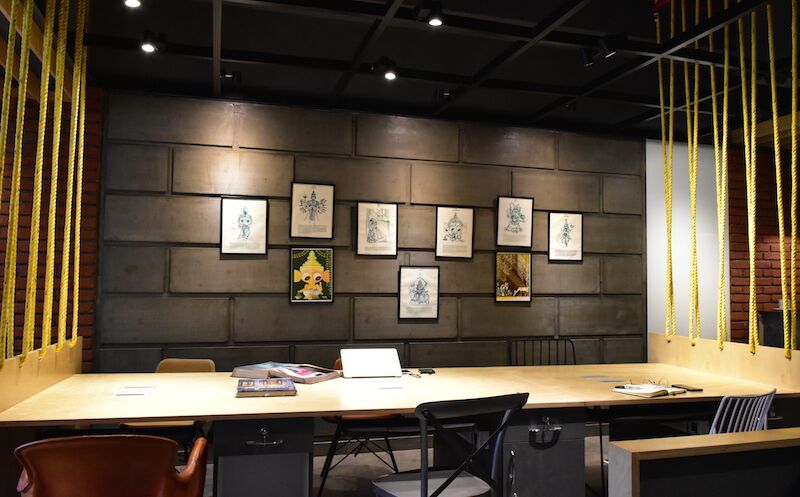


Compared with the immediate post-treatment angiographic results, the follow-up angiographic imaging (mean, 13 months range, 6–25 months) revealed that stent(s) implantation enhanced the rate of class I occlusion from 34% (23/68) to 93% (63/68).

Subarachnoid haemorrhages (SAH, p<0.05) and immediate occlusion grades ( p<0.05) were predictors for overall adverse events by univariate analysis. The majority (75%, 3/4) of thromboembolic events (thrombus, n = 2 infarction, n = 2) occurred in ruptured lesions, and 2 intraprocedural aneurysm ruptures occurred in the course of coiling when the stent(s) was/were applied within 6 months. All of the adverse events (n = 6) occurred in tiny (n = 1, ≤3 mm) or small (n = 5, >3 to ≤10 mm) aneurysms. The rates of the overall and the treatment-related adverse events were 9% (6/68) and 6% (4/68), respectively, and the recurrent rate was 1% (1/68). The technical success rate of Solitaire™ AB stenting was 100%.


 0 kommentar(er)
0 kommentar(er)
